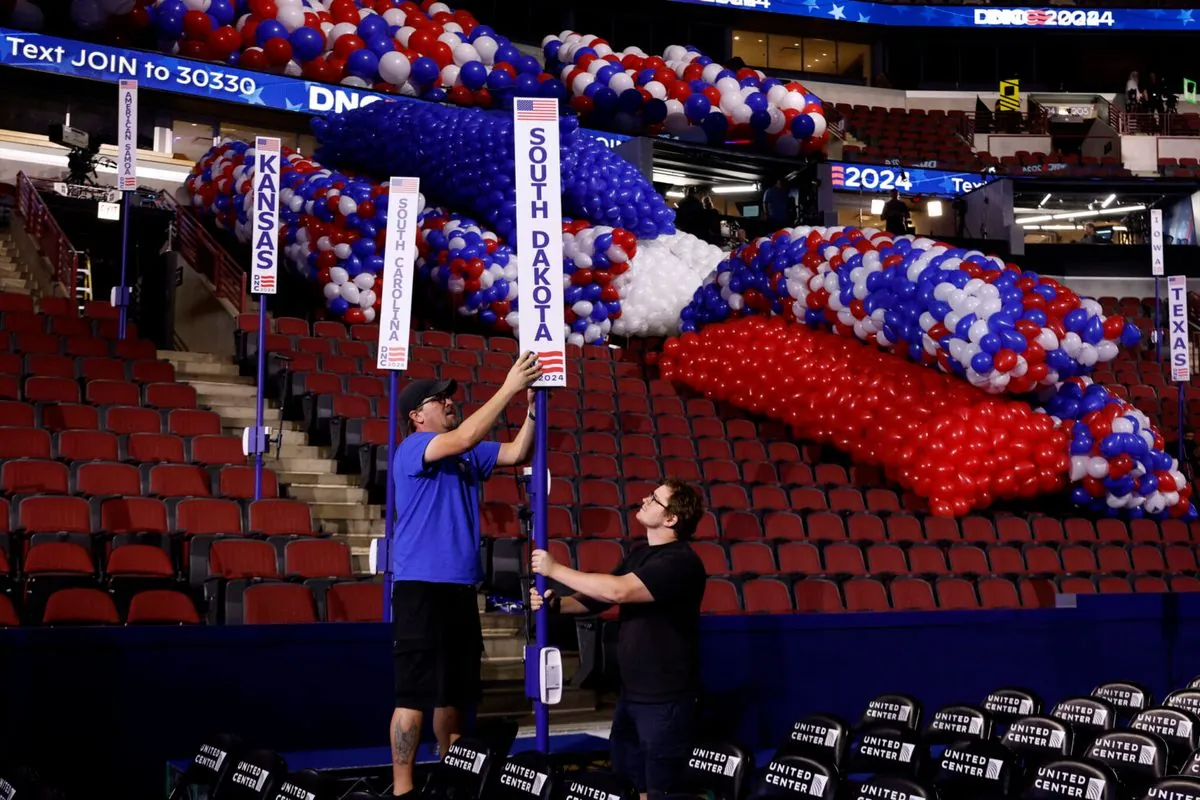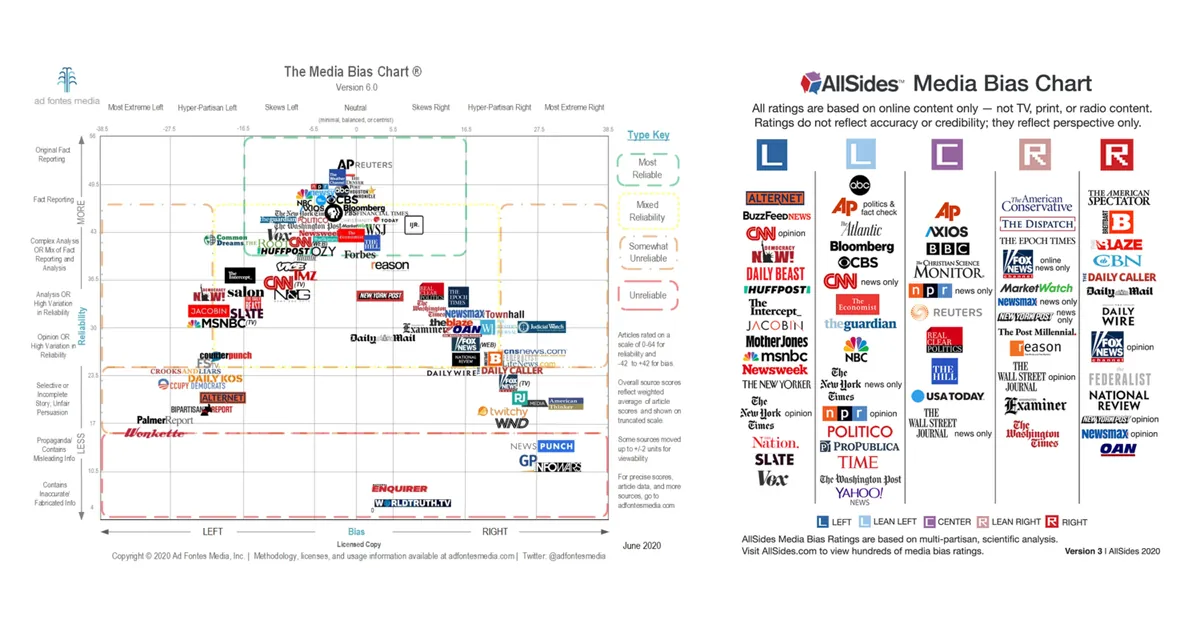TV Ratings for Political Conventions: A Poor Predictor of Election Success
Analysis reveals no consistent correlation between convention viewership and election outcomes over the past 64 years. Democrats lead in 2024 ratings, but history shows this may not translate to victory.

In the realm of American politics, the correlation between television ratings for party conventions and electoral success has long been a topic of interest. However, a comprehensive analysis of the past 64 years reveals that this relationship is far from straightforward.
Since 1960, when the first televised presidential debate captivated the nation, there have been 16 presidential election cycles. Surprisingly, in exactly half of these instances, the party with the most-watched convention emerged victorious in November. This 50-50 split underscores the unreliability of using viewership as a predictor of electoral outcomes.
The current election cycle of 2024 sees the Democratic convention averaging 20.6 million viewers, outpacing the Republican convention's 17 million. However, history suggests this lead may not translate into victory at the polls.
Jeff Greenfield, a seasoned political journalist, aptly notes, "It's one of those interesting things about covering politics is that you see these indicators about what really matters, and a lot of times it doesn't." This observation encapsulates the complex relationship between media engagement and political success.

Delving into historical data, we find intriguing patterns. The Democratic conventions have garnered higher ratings in 12 of the last 16 elections, yet the party has only secured victory in eight of these contests. This discrepancy highlights the potential disconnect between viewer interest and voter behavior.
Notable examples abound:
- In 2016, Hillary Clinton's convention narrowly outperformed Donald Trump's in viewership, yet she ultimately lost the election.
- The 2008 election saw John McCain's convention attracting more viewers than Barack Obama's, despite Obama's historic win as the first African American president.
- From 1976 to 1988, a curious trend emerged where the party with the highest-rated convention consistently lost the election for four consecutive cycles.
Several factors contribute to convention viewership that may not directly correlate with electoral success:
- Party loyalty: Viewers tend to watch their own party's convention more, as evidenced by the dominance of Fox News Channel for Republican conventions and MSNBC for Democratic ones.
- Historical moments: Events like the Carter-Kennedy nomination battle in 1980 or the selection of Geraldine Ferraro as the first woman on a national ticket in 1984 can boost ratings without guaranteeing electoral success.
- Production value: As Greenfield humorously observes, "If you were going strictly on entertainment value, Oprah Winfrey and Stevie Wonder trump Kid Rock and Hulk Hogan."
It's worth noting that conventions have evolved significantly since their inception. The first convention broadcast on radio was the 1924 Democratic National Convention, while the 1940 Republican National Convention marked the debut of televised conventions. More recently, the 2020 Democratic National Convention made history as the first virtual convention due to the COVID-19 pandemic.
In conclusion, while TV ratings offer an interesting glimpse into public engagement, they remain an unreliable indicator of electoral success. As the 2024 election approaches, it's crucial to remember that the path to the White House is paved with far more complex factors than mere viewership numbers.
"It's one of those interesting things about covering politics is that you see these indicators about what really matters, and a lot of times it doesn't."


































